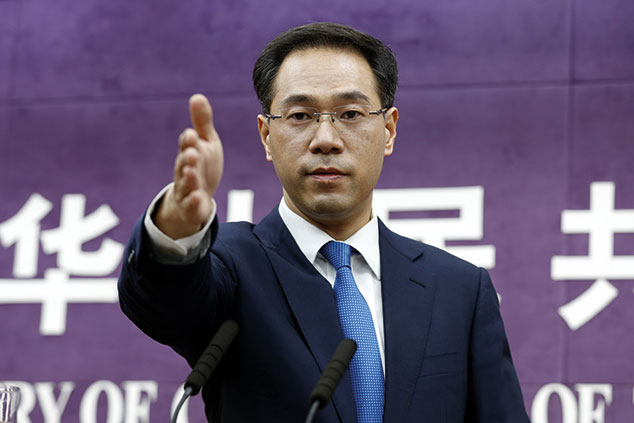
The tit-for-tat trade skirmish between America and China intensified this week. China’s Ministry of Commerce first announced tariffs on imports of US products worth a total of $3bn, in response to US tariffs on Chinese metals last month. The US responded with plans for 25% tariffs on a wide range of Chinese imports worth around $50bn. China then announced further tariffs on a narrower range of goods – mostly agriculture products – worth a similar amount.
The risks of a trade war are clearly rising and “all equities are vulnerable”, says Alex Newman in the Investors Chronicle. The more globalised and interconnected markets and economies have become, “the greater the potential blowback from the chaotic application of new tariffs. Retaliatory measures can hit any company, and any sector, wiping out margins and supply chains in the process.” This is clear from the EU’s threat to impose levies on Jack Daniel’s whisky and Harley-Davidson motorcycles in response to US steel tariffs.
The most vulnerable equities, however, are in emerging markets. Many developing countries are geared plays on global trade and growth, with Asia especially dependent on exports. Damage to regional heavyweight China’s economy would dent global demand for commodities, which bodes ill for key exporters such as Australia and Indonesia.
It would also undermine momentum around the region; one estimate suggests that a 1% fall in China’s GDP growth would lower Asia’s growth by at least 0.3%. One key problem, as Joyce Poon points out in a Gavekal Research note, is that many “intermediate” or unfinished goods are sent to China from elsewhere in Asia for final assembly before being sent on to the US. However, most intermediate goods shipped to China are used for products sold domestically, which limits the “collateral damage“ from US tariffs.
Fundamentals are solid
Provided a trade war can be avoided, there should be more mileage in emerging markets. Earnings, which are closely correlated to exports, are recovering after six years of stagnation, thanks to strengthening global growth and firmer commodity prices. Macroeconomic management has also improved in recent years, with several emerging markets reducing debt and taming inflation. They have also tended to borrow in their own currency and issue longer-date bonds in the latest cycle, making their economies less vulnerable to a falling currency.
Given the global mood, developing countries that are relatively insulated from the global economy and boast large domestic markets could do better than key exporters for now. Two of our favourites that fit the bill are Brazil and India.